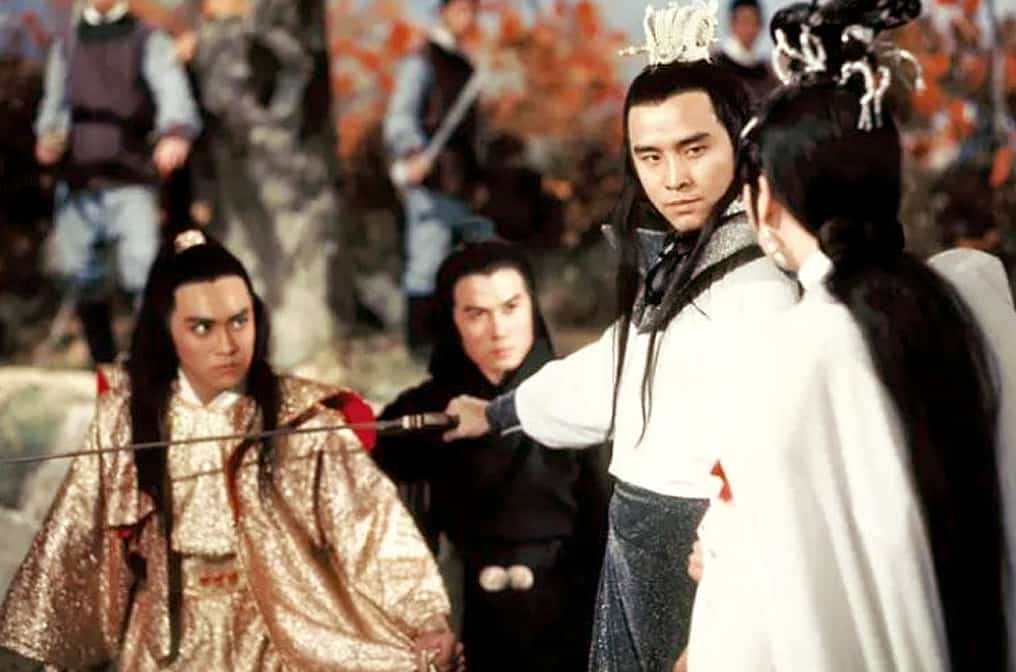Last project of producer Abis Rizvi before he passed away in the 2017 Istanbul nightclub shooting, “T for Taj Mahal” is coming to the London Indian Film Festival. The movie, directed by experienced filmmaker Kireet Khurana, was supported by the National Film Development Corporation of India's Screenwriters Lab. Despite a few weaknesses, the feature manages to point to social issues while being entertaining and sending a positive message.

“T for Taj Mahal” runs as part of the 9th edition of the Bagri Foundation London Indian Film Festival, that runs at 15 cinemas, across London, Birmingham and Manchester, from 21st June to 1st July, with 27 films, including features and short films, in competition. It is the largest South Asian film festival in Europe. Buy your tickets via this website, at respective cinema box offices: http://
Janet Knight, an American tourist, is visiting the Taj Mahal. She meets her friend, who tells her about this small village's dhaba (roadside restaurant). This leads the viewers to follow the story of Bansi and his village, Bajjar. The small town does not have a school, and Bansi, himself uneducated, wants a better future for the next generation. The generous man goes on a crusade to find someone to teach Bajjar's children but faces the dishonesty of corrupted politicians and ends up empty-handed.
Bansi, epitome of altruism, then has an idea. He is going to build a restaurant and pay for the school with the profits.The main character does not lose faith when everyone is telling him his project is doomed to fail. Little by little, the other villagers rally behind his cause. The restaurant can open. Saneejar will take orders and Naturam will cook. The first obstacle is overcome. The establishment is opened but things still don't go as planned. The restaurant doesn't make enough money. Bansi, full of ideas and very decided, comes with a new policy. Clients can either pay or give time to teach the younger generation. No one believes in it, but after a while, the project starts working. New obstacle overcome.

Janet arrives to the village and decides to stay there and teach, as a sociological experiment. She discovers the culture, systematizes schooling (that can now be expanded to girls and adults), and settles in. The future is bright, but the group of four has to face new difficulties.
“T for Taj Mahal” depicts charming characters, but that sometimes lacks nuance and depth. Although the actors' performances aren't bad, this makes the identification process harder. Bansi is pure and kind but doesn't seem to have any flaws. Saneejar is the perfect side-kick, funny and good friend. Naturam is the rough man with a big heart. Janet is the Western tourist on her Eat, Pray, Love journey. Her character actually raises some questions. She is the red wire of the narration, opening and closing the story. Yet she is not indispensable to the story, and her voice-over is often useless. Moreover, it could be wondered if the movie was made while thinking of foreign audience. The feature perpetuates some clichés about India, and Westerners (including Janet) are put in a savior position, bringing the right education. Finally, the relationships between the different characters could have been explored a little bit more.
Nonetheless, the movie carries a message full of optimism: to not lose hope for things that matter, to have faith in humanity and in community. Moreover, it points up to the importance of education and overall gives a good-mood feeling.
On a more technical note, the film is relatively fast-paced and enjoys naturalistic images. The natural light is predominant, the film starts off almost as a documentary (due to the many handheld camera shots) and ends up on a more “classical fiction” note (no more handheld camera, many close-ups). This gives the movie a social drama aspect, while keeping fairy-tale elements. Some shots, enhanced by warm colors, are beautiful and make the movie worth-watching. The editing can sometimes come as a little bit off, but this does not impact the movie's coherence.
In the end, although some aspects are lacking, Kireet Khurana's latest film is worth- watching as a feel-good movie that delivers a social message.















